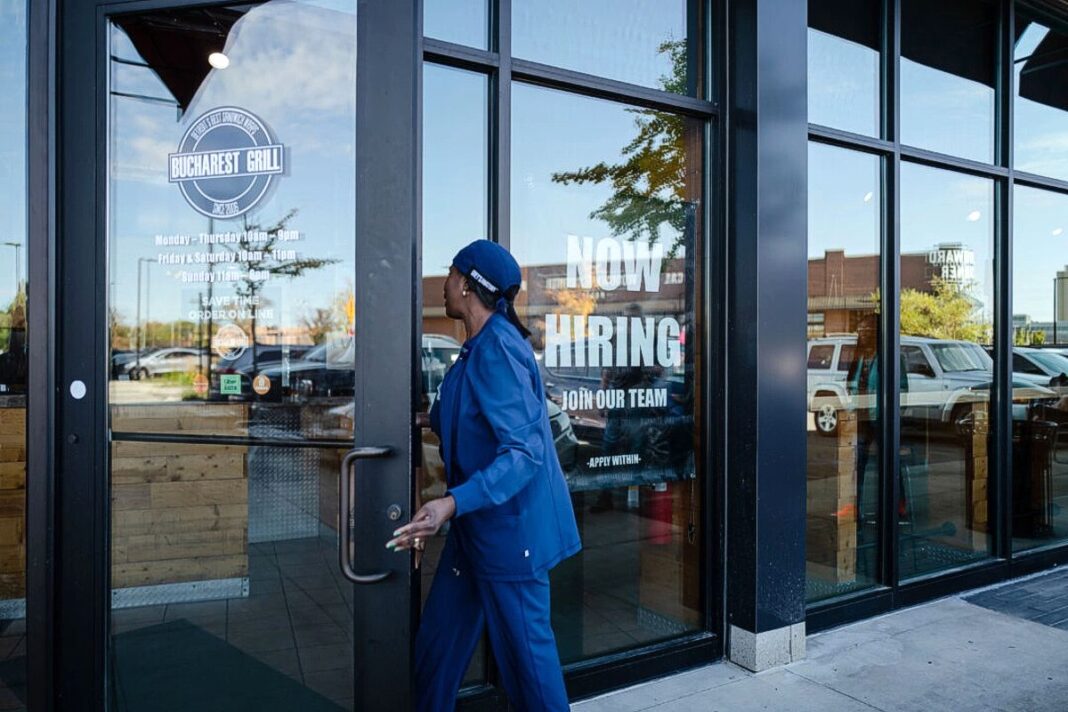The Trump administration’s policy changes have not impacted the U.S. labor market.
The U.S. labor market remained robust in March amid market turmoil and growing economic concerns, new data show.
Last month, the economy created 228,000 new jobs, up from a downwardly adjusted 117,000 positions in February. This is higher than the average monthly gain of 158,000 over the past 12 months and came in much higher than the consensus forecast of 135,000.
The unemployment rate ticked up to 4.2 percent from 4.1 percent.
According to FactSet, the median estimates indicated 130,000 new jobs and an unemployment rate of 4.2 percent.
Average hourly earnings rose by 0.3 percent monthly, in line with market expectations. On a year-over-year basis, the increase in average hourly earnings eased to 3.8 percent from 4 percent.
The labor force participation rate edged up to 62.5 percent from 62.4 percent. Average weekly hours were unchanged at 34.2, matching the market estimate.
“The economy is starting to roar with a strong 228,000 jobs added in the month of March — well ahead of the market’s expectation,” White House press secretary Karoline Leavitt said in a statement.
There was also a sharp increase in transportation, construction, and warehousing employment. The President’s push to onshore jobs here in the United States is working. The Golden Age of America is on its way!”
“The economy is starting to roar with a strong 228,000 jobs added in the month of March — well ahead of the market’s expectation,” White House press secretary Karoline Leavitt said in a statement.
There was also a sharp increase in transportation, construction, and warehousing employment. The President’s push to onshore jobs here in the United States is working. The Golden Age of America is on its way!”
Over the past several years, the gap between employed U.S.- and foreign-born workers widened. The number of employed native-born people surged by 944,000 from a year ago. Likewise, employed foreign-born workers soared by approximately 1.1 million from March 2024.
The number of long-term unemployed—individuals out of work for 27 weeks or more—was little changed at 1.5 million but accounted for more than 21 percent of all jobless people.
By Andrew Moran







